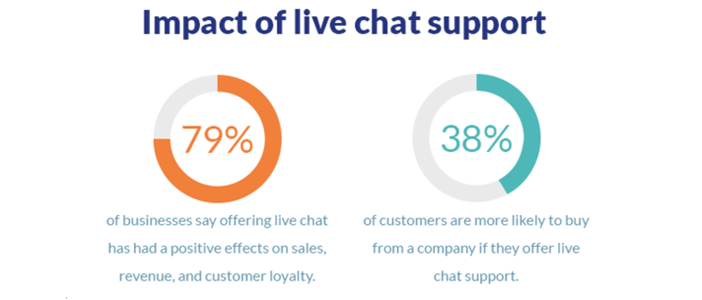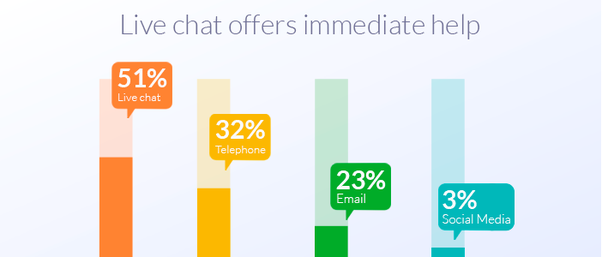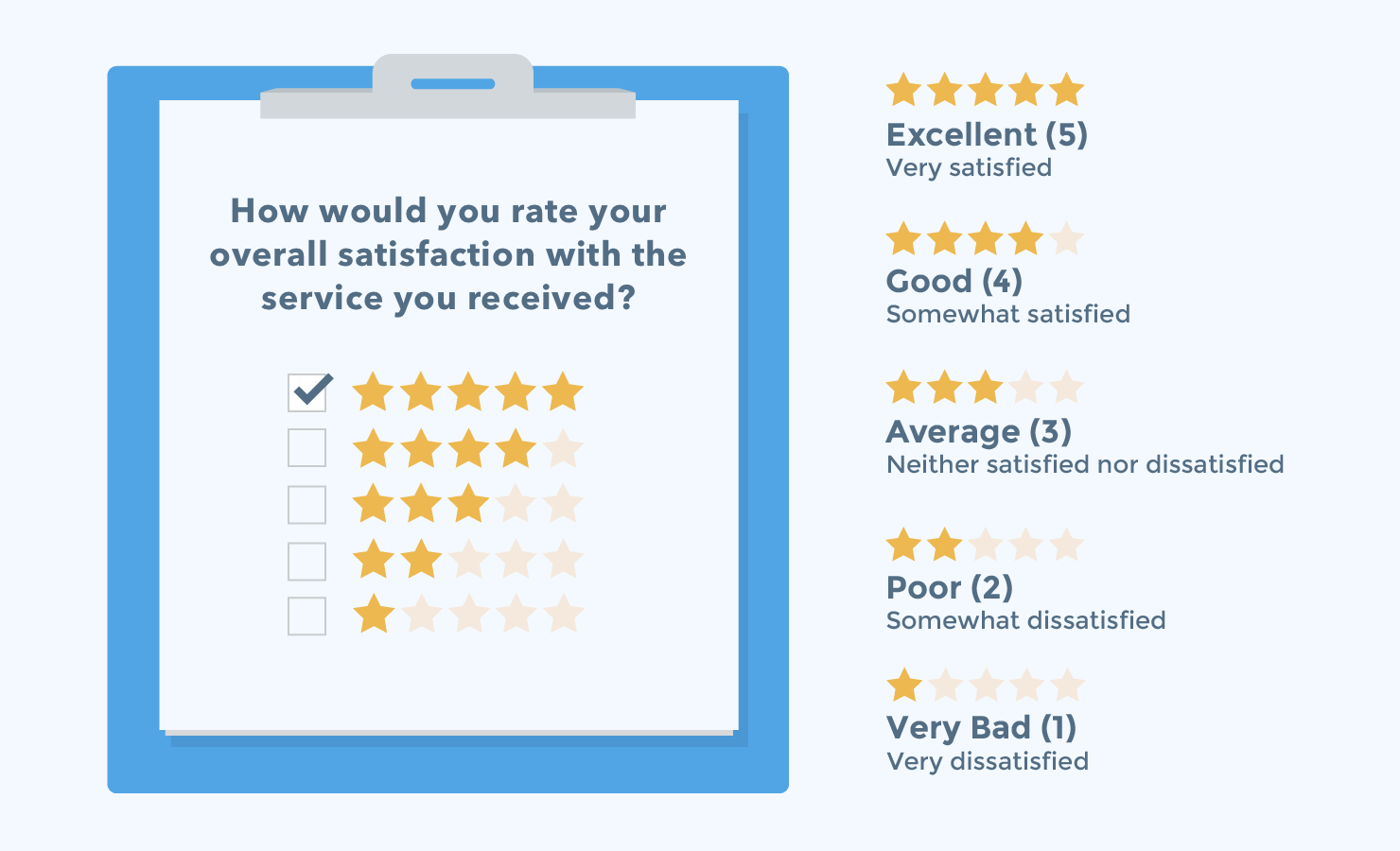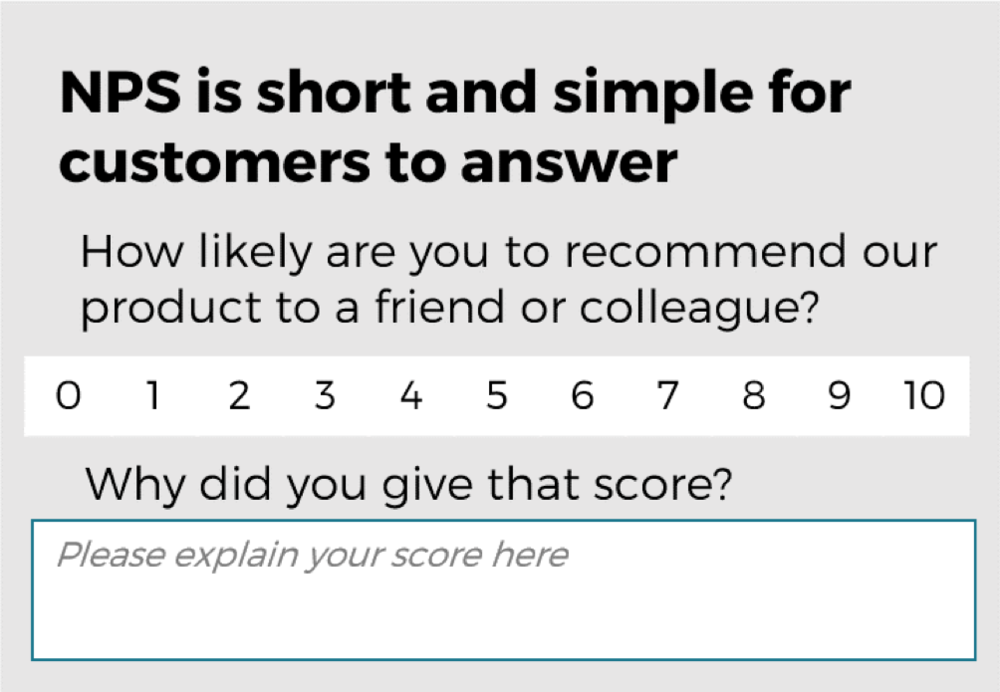Live chat is a great communication channel for businesses to handle real-time conversations and deliver higher levels of customer satisfaction. It also provides an easy way for customers to quickly reach out to your business to report their queries and issues.
As per Forrester, “More than 30% of customers expect live chat on your website.”
However, unless you monitor your live chat metrics and KPIs, and have an effective strategy for business growth, it is difficult to find out what is working and what is not. Hence, live chat performance analytics are essential to evaluate the effectiveness of your live chat and know the areas you need to improve.
The businesses that implement live chat require a thorough understanding of the key performance indicators (KPIs).
Top Live Chat Metrics & Key Performance Indicators (KPIs) to Measure Chat Performance Analytics
As you know, implementing live chat is definitely easy but the tough part is measuring your live chat’s success. By continuous measurement of the chat support metrics and KPIs, you can improve the chat performance experience of your customers as well as the chat support skills of your team.
Here are the key live chat performance metrics that you should keep an eye on to measure the effectiveness of your live chat on a regular basis.
1. First Response Time (FRT)
First Response Time (FRT) also known as first reply time is a key live chat metric that refers to how long customers with problems have to wait for the initial response of the support agent.
While the first response time measures the average time it takes for the support agent to reply, it is the first step for finding an effective solution. This chat plays a significant role in customer satisfaction. The lower your first response rate, the more satisfied your customers will be, both with your customer service team and with your brand.
Satisfied customers become sticky customers with a higher Customer Lifetime Value (CLTV) making them more profitable for your business. As per Hub Spot Research, “90% of customers are likely to purchase more than once with better customer service.”
Live chat helps to provide real-time support, which is why it is a popular channel preferred for customer communication. Here are some tips on how you can improve live chat response time.
- Number of resources – You need to have hired well-trained support agents to handle conversations effectively in real time.
- Deploy chatbots – Use AI chatbots to engage customers 24×7 by providing an instant response for simple queries when your team is busy or unavailable.
- Use canned responses – Prepare answers for FAQs beforehand and use them during conversations for responding faster.
- Enable routing – Routing helps to connect the customer with the right agent or department to provide a faster and more effective response.
With REVE Chat and its customer service tools, you will find it easy to improve your first response time. Start a free trial of the top-rated customer engagement tools and start delivering instant responses to users.
2. Total Number of Chats
Total number of chats refers to one of the vital lead generation metrics via live chat that measures the successful chat sessions from the total number of chats. The more engaged chats indicate that you have engaged your website visitors effectively.
The live chat performance metric also helps you to know the problems and queries your customers are having. When there is an issue with your product or website, you would see a surge in the number of chats initiated.
Here are some tips to be followed:
- While analyzing if you find that most of the queries are related to particular information, you can create a FAQ page covering all the details or make it appear on the most visited pages.
- You not only need to check the number of chats but also the content of the chats in the chat history.
3. Average Resolution Time (ART)
Average Resolution Time (ART) refers to the average time taken by the support agents to close the conversations. Also known as the average handle time, the chat metric helps to measure customer satisfaction.
The lesser chat resolution time indicates that less time was used to resolve the issues and it has a negative impact on the customer satisfaction rate.
The higher average handle time means the customers are waiting a long time in between responses. That might mean that your agents are handling too many chats at once, or just juggling too many tasks. Focus on managing your chat queue more efficiently, additional training or guidance to address issues quicker.
Live chat empowers you to connect and acquire first-hand customer information in real time. The agents can use different engagement tools (co-browsing & video chat) to resolve the issues in the first contact.
You can follow the below tips to maintain the ART chat KPI:
- Integrate your live chat at the places your customers hang on the most.
- Train your agents with strong interpersonal skills to handle chats effectively.
- Use canned responses to deliver faster replies to customer FAQs.
- Rout the chats across the right team for quicker response.
4. Chat to Conversion Rate
Live chat is a great channel for lead generation. 38% of customers have said that they have ended up making a purchase due to a good live chat session. By providing real-time assistance to sales queries, live chat helps in converting sales leads by maximizing your return on investment (RoI).
The chat-to-conversion rate metric means the total number of visitors converted, out of the total number of visitors who hand-chatted with a live chat agent.
Tracking this chat metric can be a good indicator to know if the efforts made by agents are effective or not. The successful conversion can vary with business goals. It can be a purchase, a sign-up for the newsletter, or just attending a webinar.
You can follow the below tips to increase conversion rates.
- Start a proactive chat with customers when they are on a specific page and resolve all their queries.
- You can trigger personalized welcome messages when visitors land on your website.
- Use AI chatbots to qualify leads by asking preset questionnaires and transfer to the sales team.
5. First Contact Resolution Rate (FCR)
The Ascent Group research shows that 60% of companies that measure FCR for 1+ year report a 1 to 30% improvement in their performance.
First call resolution (FCR) is an important call center metric that measures the ability to resolve customer problems, questions or needs the first time they call, with no follow-up required.
FCR is almost always associated with customer satisfaction – the higher your first contact resolution rate, the more satisfied your customers tend to be, and drives customer loyalty.
The call center metric measures how effectively your service desk conducts its business and is a function of many factors, including the complexity and types of transactions handled, the experience of your agents, the quality of agent training, and the tools that are available to your agents.
Live chat is the most preferred channel as it provides real-time analytics that helps to deliver effective answers to customer queries and increase customer satisfaction.
Here are some tips on how live chat KPI can improve performance:
- Train your support agents – After setting your business goals, agent training is the most important step in achieving improved FCR.
- Measure on multiple channels – A high FCR on phone calls, but a lower on chats is not a good sign. Make sure you are measuring across all communication channels.
6. Customer Satisfaction Score (CSAT)
The Customer Satisfaction Score (CSAT) is the most popular customer experience metric that directly measures customer satisfaction levels. A CSAT survey usually showcases a question asking clients how satisfied they are with a certain service, product, or interaction with your brand.
Here’s an example of a CSAT question:
The chat metric helps in gauging the ‘happiness’ resulting from recent customer service interactions, which is valuable information, especially when you have added or updated new features and need to track the results.
7. Net Promoter Score (NPS)
Net Promoter Score (NPS) is a customer loyalty metric that measures customer satisfaction using an index that ranges from -100 to 100. The key metric helps to find out:
- How satisfied customers are your products, services, and solutions
- How loyal they are towards your business
- How likely they are to recommend your brand to their family and friends
NPS surveys have a common to ask customers i.e. how likely they are to recommend your products, services, or brand to other people.
Based on the scores, customers are further categorized into three categories: detractors (0-6), passives (0-8), and promoters (9 or 10). and the NPS score is calculated.
Hence, you have to prepare the right set of questionnaires for the right group for collecting honest feedback. HBR says acquiring a new customer is anywhere from 5 to 25 times more expensive than retaining the existing one.
Some tips you can follow:
- Engage with detractors to find out what went wrong, and why are they not happy with your product or service.
- Be in touch with your promoters to know what can be improved as they are more open to feedback as compared to detractors.
8. Average Wait Time
The longer you make your customers wait, the less important they feel. Knowing how long it takes to answer customer calls can help you answer that question, and Average Wait Time has become a call center metric for the same reason.
Average Wait Time (AWT), also known as Average Speed of Answer (ASA), is the average time a customer has to wait in a queue. The wait time differs based on the average handle time. American Express study found that the maximum amount of time callers were willing to wait was a whopping 13 minutes.
Measuring waiting or queue time helps to understand whether your chat support is over-utilized and may not perform effectively. With live chat, you can handle multiple chats simultaneously which reduces the queue time significantly.
Here are the key ways you can reduce the wait time:
- Increase the number of concurrent chats an agent is currently allowed to handle.
- Automatically route the chats to across the right departments for faster responses.
- Use canned messages to reduce response time and reduce chat duration.
9. Website Visitors to Chats
Websites are one of the main sources for businesses to acquire leads. By implementing live chat, prospects can be converted into leads by proactive engagement with personalized messages at the right time.
Tracking this chat performance metric helps in identifying the number of visitors converting successfully out of the total number of website visitors. If the conversion rate is low, it means you have to improve your website engagement strategies.
Assisting customers in real-time develops trust and improves the brand experience.
10. Missed Chats
Another live chat KPI that is essential to track the missed out chats. The main purpose of live chat is to use the power of analytics and make it actively available to your prospects and customers. If you are missing out on chats for whatever may be reason, it has a negative impact on your brand reputation.
INC says, “51% of consumers say a business needs to be available 24×7.”
Missed chats are gone opportunities for you to engage with customers and prospects. It mainly depends upon your availability. If your team is missing a lot of chats it means you do not have enough resources to handle chat conversations effectively or the agents are not deployed at the specific time.
Here are key tips to combat the missed conversations scenario:
- You can use chatbots to engage customers 24×7 to answer FAQs as not all conversations require manual support.
- Balance the chat conversations with bots and humans – Let bots handle the basic queries and complex queries by support reps.
11. Tags
Tags help you to understand what common queries are coming to live chat. If we are getting many chats where the topics are about shipping info, sales-related query, demo schedule, pricing, etc, then it shows that the information is not clear to the customer on the website.
It is good to use chat tags as a live chat metric as it gives you information about what are the areas you need to improve.
For e.g. Out of 30 tags received, say 10 are for shipping duration, 10 are for pricing. It means you provide relevant information about shipping time and pricing on the support section to provide customers all details in one go.
12. Total Number of Tickets
Total tickets track all tickets in your support queue over a period of time. Tracking the number of tickets is another live chat KPI that measures agent performance in handling support tickets. It is crucial to monitor from out of total chats assigned, how many of them were solved, and, more importantly, how many of them are still pending.
Based on the evaluation, you can learn how capable are your agents to resolve the tickets. This will help you to decide the need for additional resources for a ticket-solving team or not and if there are any complex issues.
Final Thoughts on Live Chat Metrics & Analytics
Providing live chat support will help you connect with customers, improve their overall experience, and boost conversion. To accomplish all of these goals, measuring live chat metrics and analytics play a key role to improve your customer experience.
You can sign up to get the right support tools and add great value to your customer engagement effort.
Following the agent performance metrics and live chat support KPIs, you can deliver an amazing chat experience and gain more satisfied customers and accelerate the growth of your business.








